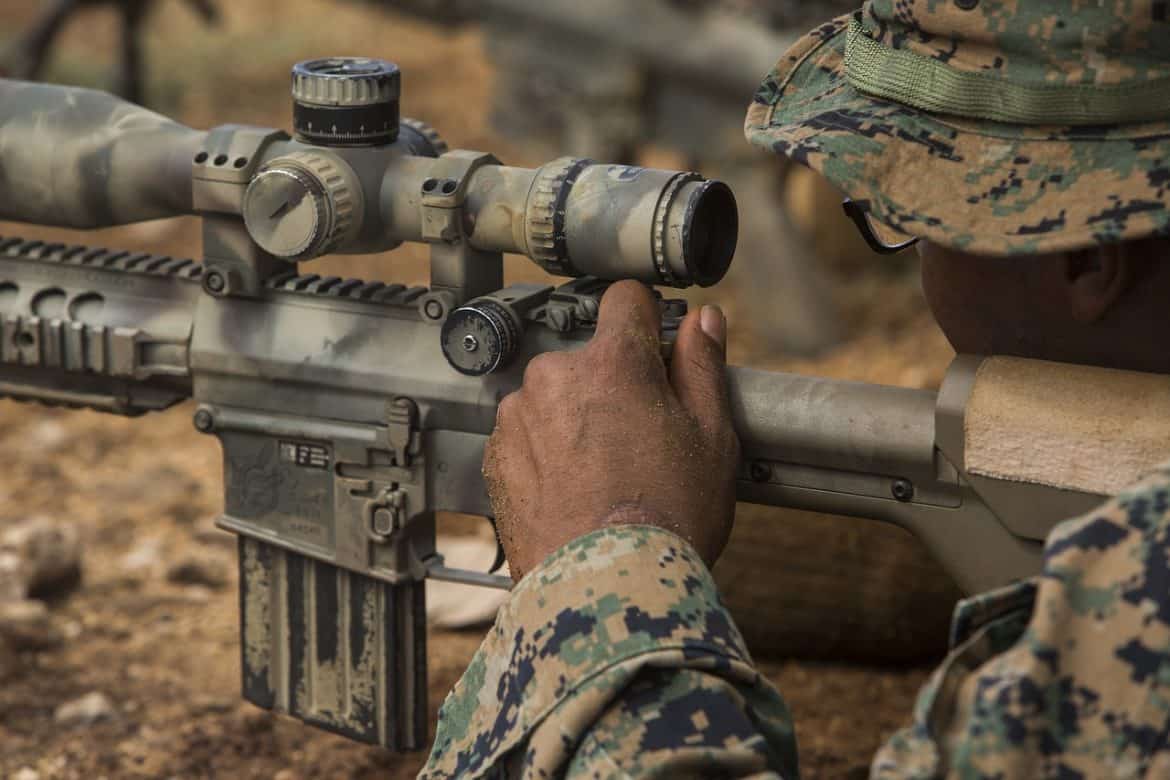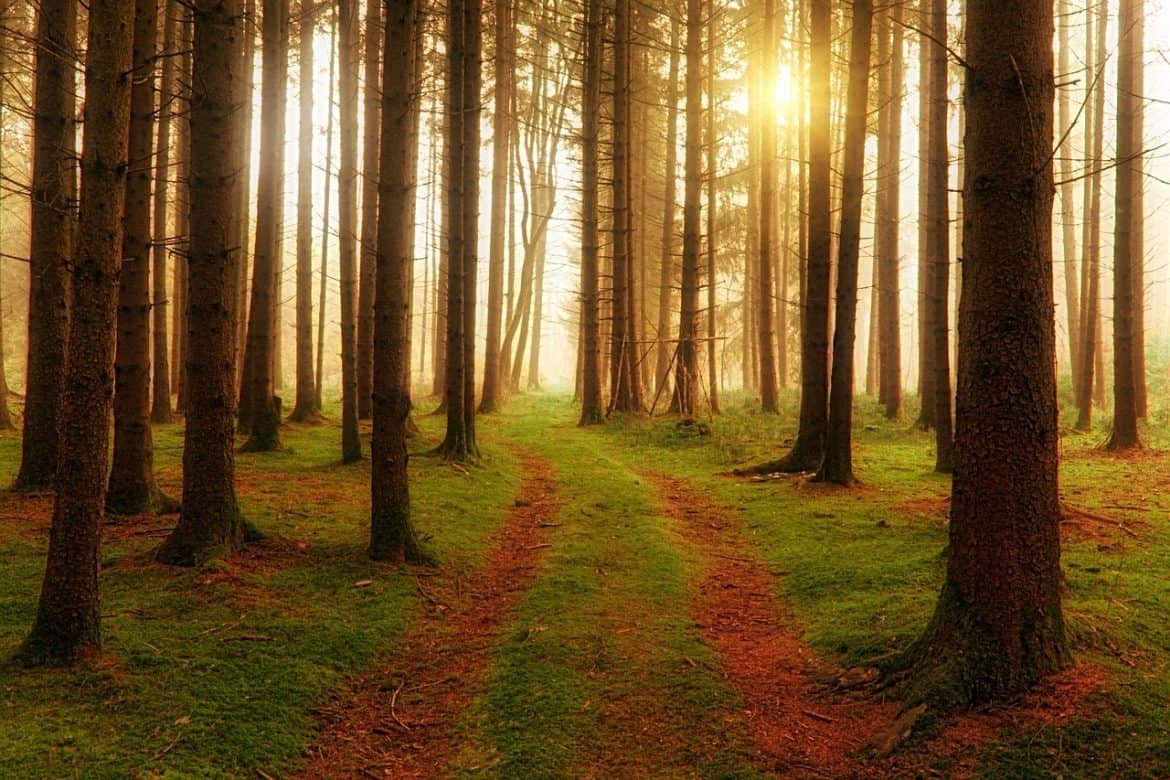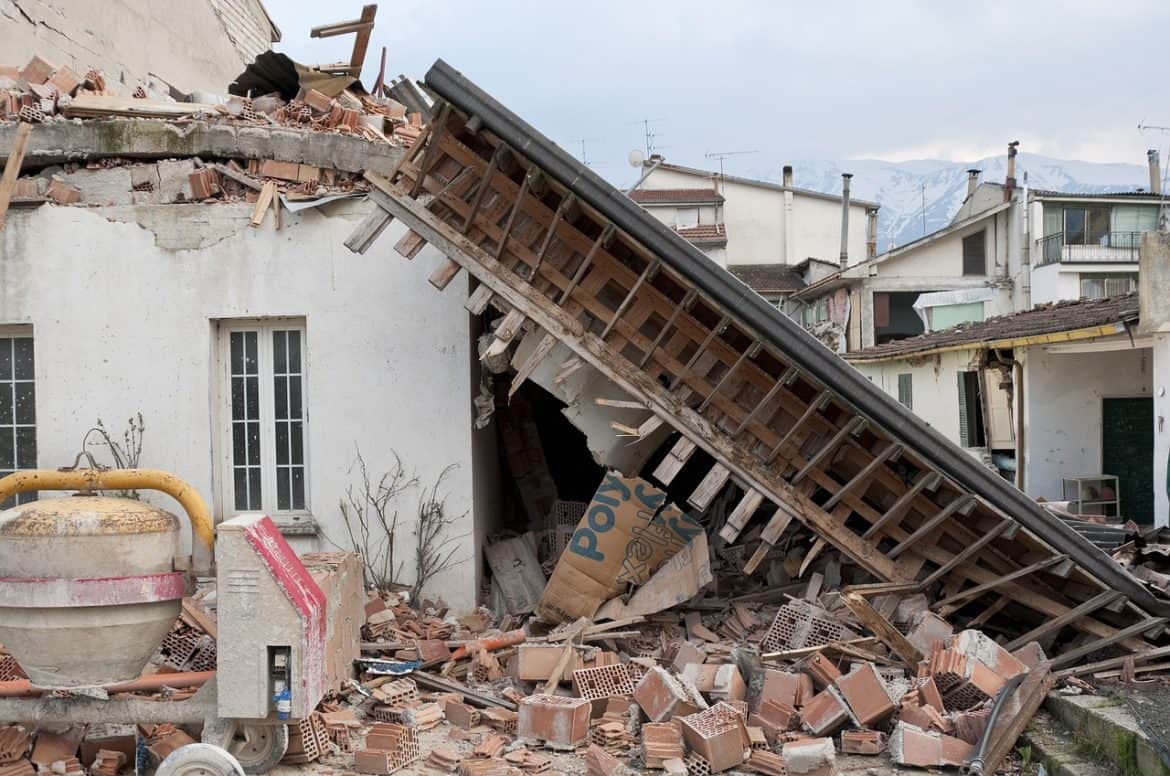I needed a wireless doorbell to put down by the gate at my land. Since this one says it will transmit up to 900 feet line of site or 200-700 feet normally and I am only about 150 feet from gate to shipping container I thought this may work. Of course, that 150 feet […]
Month: February 2017
Choosing The Best Rifle Scope For Survival
When you’re in a sudden SHTF situation, a lot of things will probably go through your mind. Have you prepared enough? Do you have enough food? Does your family have enough protection? Do you have a plan? Will you survive? One of the most important things to consider if ever caught in a survival situation […]
The Emergency Kit
Like having a disaster plan, having an emergency kit is as crucial as it is a function of common sense. How long does it take to throw together a couple of dozen items – versus grabbing a bag from a planned spot? Basic staple #1, food: at least a three-day supply of water (i.e., a […]
Harvesting Urban Timber
Harvesting Urban Timber explains the importance of harvesting urban trees and how to do so. Three to four billion board feet of potential lumber is being fed either directly or indirectly into landfills throughout the United States each year. Case studies illustrate how some cities and counties have reduced waste through the use of urban timber […]
Earthquake
As an emergency manger for a New Madrid Seismic Zone State, as well as someone that grew up near the fault line, I take the threat of earthquake pretty seriously. What bothers me most about earthquakes is the lack of warning coupled with the possible destruction. Short of moving, there really isn’t anything you can […]





